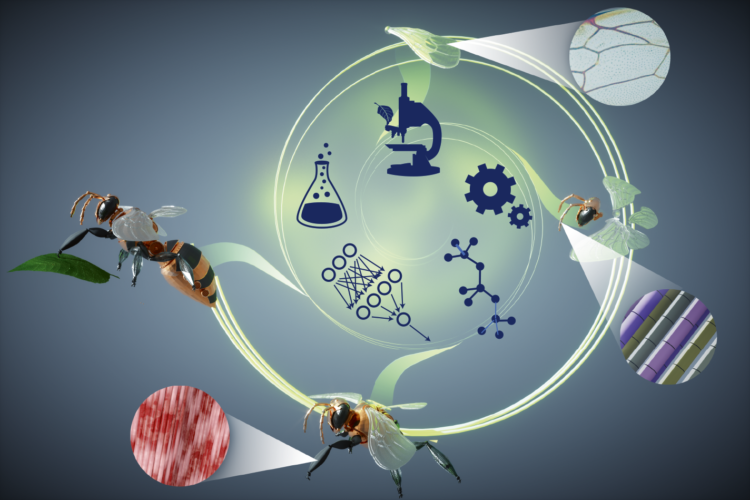Skills combination the key to next-gen robots, says report
Combining multiple scientific education topics could help unlock the next generation of robotics, according to a new report from Imperial College London.


Published in Nature Machine Intelligence, the report suggests combining materials science, mechanical engineering, computer science, biology and chemistry into a unified teaching discipline. Students qualifying with this intersection of skills could be the driving force behind what the researchers term ‘Physical AI’, where the software and hardware of the future dovetail in the form of intelligent, life-like robotics.
Comment: How AI and robotics are transforming healthcare
Last week’s poll: AI, robotics and jobs
“The development of robot 'bodies' has significantly lagged behind the development of robot 'brains',” said co-lead author Professor Mirko Kovac from Imperial’s Department of Aeronautics and Switzerland’s Materials and Technology Centre of Robotics.
“Unlike digital AI, which has been intensively explored in the last few decades, breathing physical intelligence into them has remained comparatively unexplored.”
According to the Imperial team, the reason for this gap is that education has yet to come up with a coherent system for combining the topics required to make Physical AI a reality. Equipping tomorrow’s scientists and engineers with a broader range of complementary skills would help address that gap and could lead to the development of lifelike robots with biomimetic capabilities, such as adaptable body control, autonomy and real-time sensing.
Register now to continue reading
Thanks for visiting The Engineer. You’ve now reached your monthly limit of news stories. Register for free to unlock unlimited access to all of our news coverage, as well as premium content including opinion, in-depth features and special reports.
Benefits of registering
-
In-depth insights and coverage of key emerging trends
-
Unrestricted access to special reports throughout the year
-
Daily technology news delivered straight to your inbox










Water Sector Talent Exodus Could Cripple The Sector
Maybe if things are essential for the running of a country and we want to pay a fair price we should be running these utilities on a not for profit...